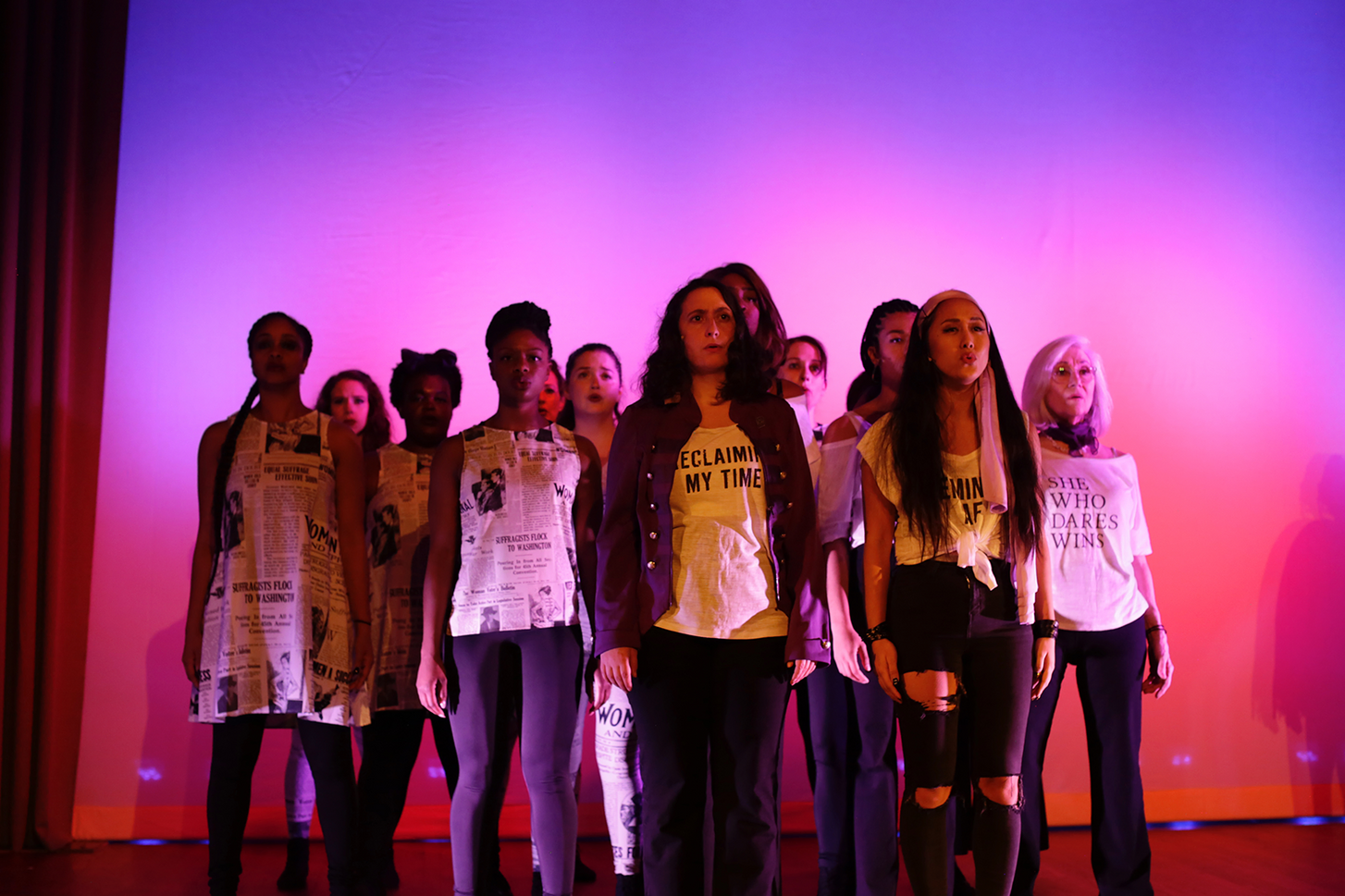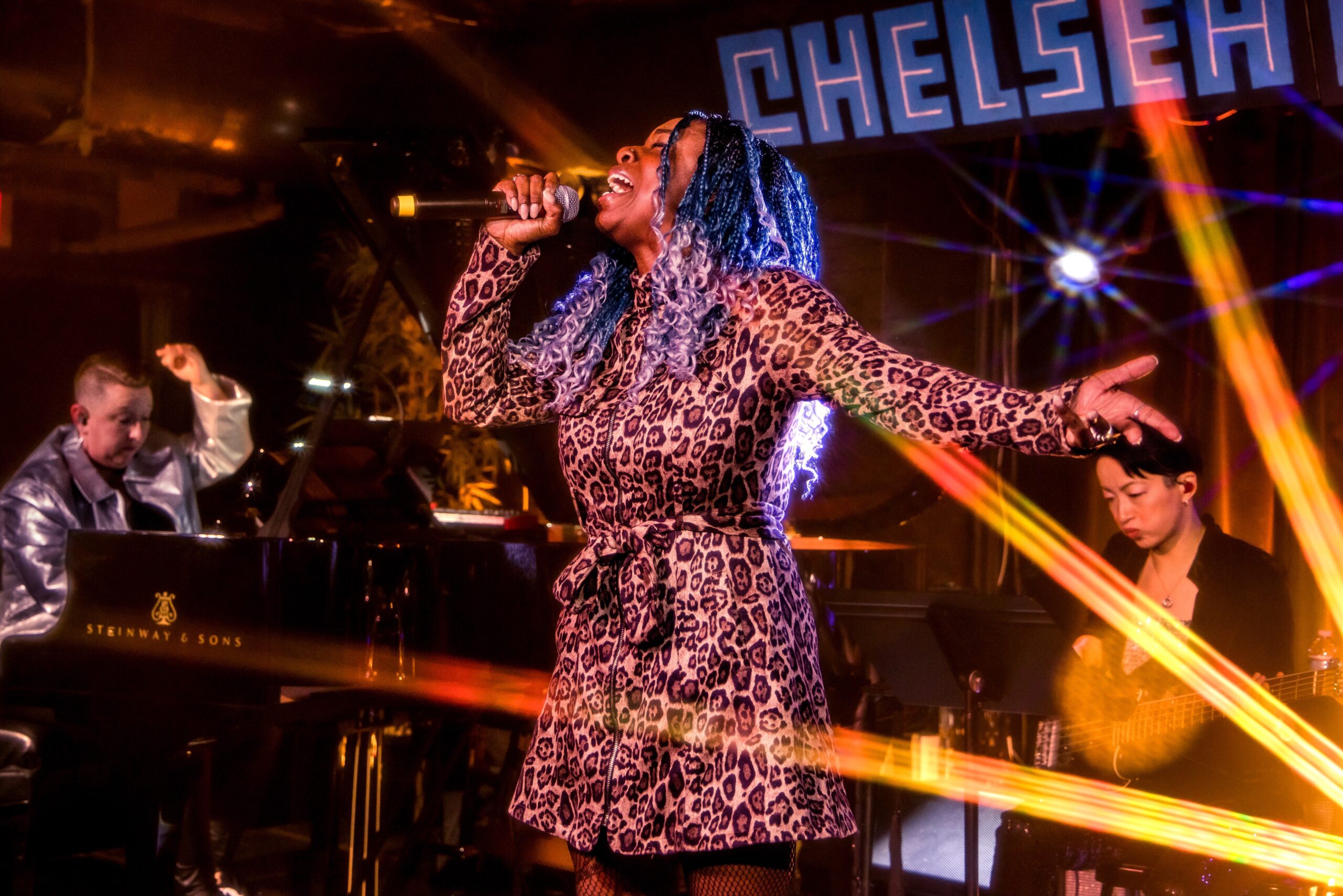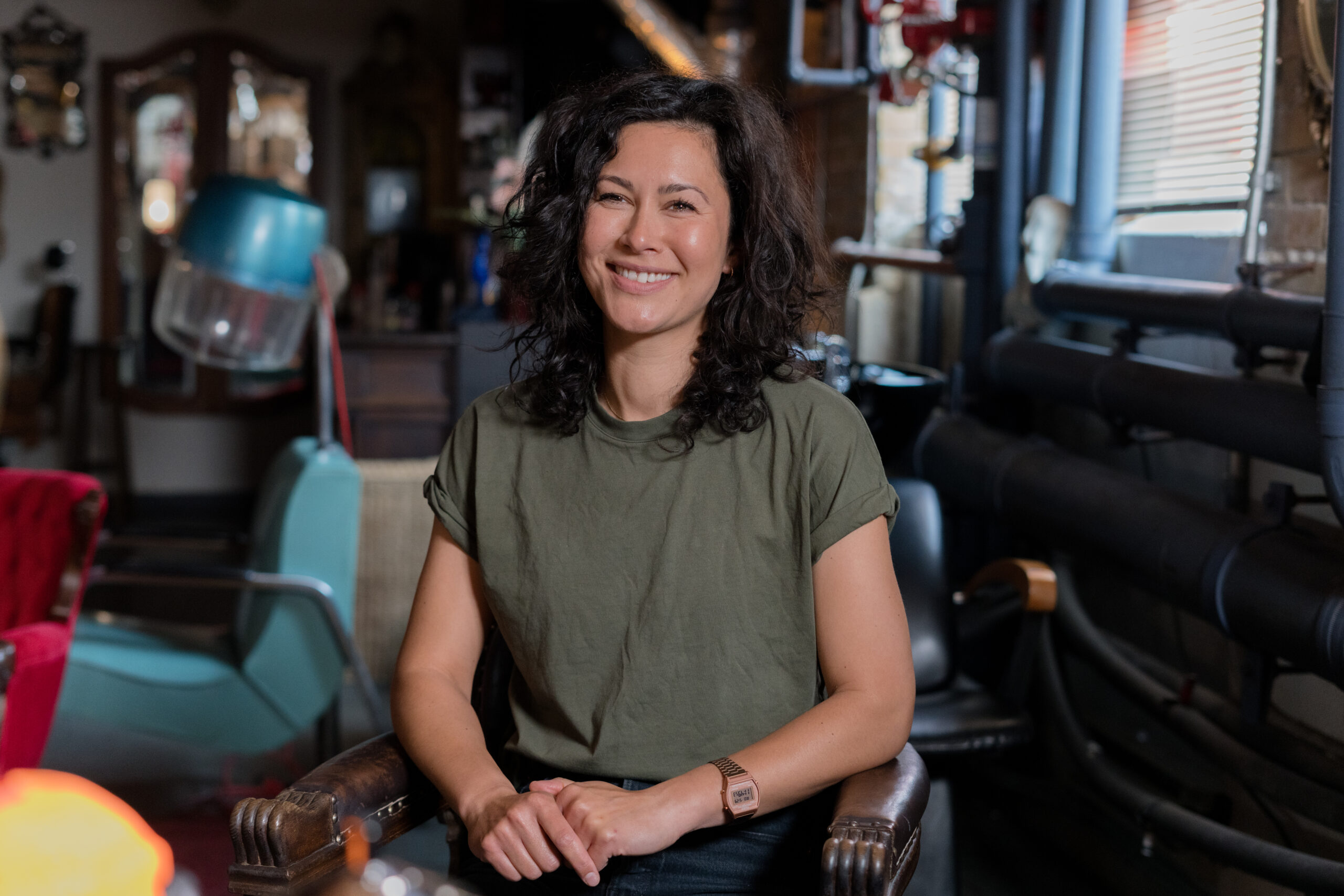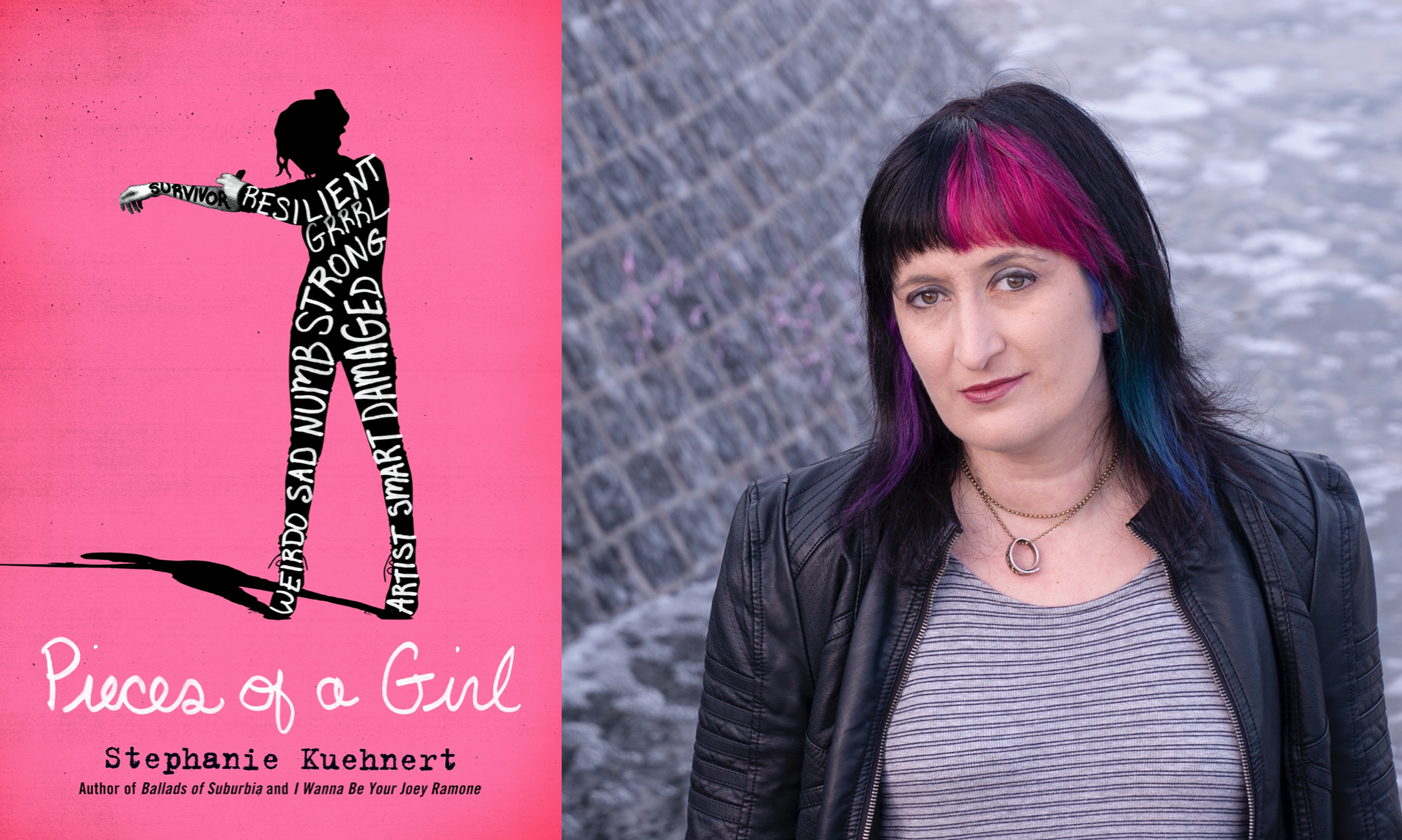
March is a time to look back and celebrate women who have made history, but beyond that we like to constantly look for the changemakers of today, and how we can continue to push and strive for equality all year round. In looking to the future, we can’t help but look back through history to what was happening 100 years ago, in a bid to learn from mistakes and celebrate how far we have come. Between political activists and suffragettes agitating for the right to vote and jazzy flappers enjoying liberty in fashion, fun, and sexuality, women were breaking a number of established social norms and, some say, learning to value their own individuality.
The 1920s decade marked a significant time of prosperity and change, parallel to what we are witnessing in the 2020s: rapidly growing cities, new technologies transforming our everyday lives (automobiles then, Meta now), and most significantly, white women gaining the right to vote in 1920.
In fact, women of the Jazz Age were especially known for refusing to take a back seat in society. Qualities we see in women today. For instance, already we’ve seen the swearing-in of America’s first-ever female vice president, attempts to rectify inequality between men and women in sports, and many businesses and cities raising the minimum wage (which benefits an estimated 59% of employed women).
Could this century’s 20’s decade be the next big movement of change for women?
From blossoming femcare revolutionizing conversations around women’s health, to efforts to bridge gaps in STEM and throughout the tech industry, changes are happening, but there’s still plenty of work to be done.
New analysis from moveBuddha which studied top U.S. cities across 20 different factors, uncover the cities closing gaps and setting up local landscapes that support women the most. It’s no great surprise that the top-ranking cities are those which are the most equitable boast higher percentages of female small business owners to narrower wage gaps and better access to reproductive healthcare to more diverse and integrated communities.
Big Takeaways:
- #1 Las Vegas, NV metropolitan area boasts female political representation, a substantially lower-than-average 13-cent wage gap, and high scores for social and cultural factors.
- The highest-ranking 25 metro areas largely land on either the east or west coastlines; like east-siders #2 Washington, DC and #5 Albany, NY; And west coast’s #4 Seattle, WA and #6 Riverside, CA.
- Outliers include #3 Honolulu, HI; #7 Albuquerque, NM; and Arizona metros like #13 Tucson and #14 Phoenix.
- It’s not one size fits all: The metros in the top 25 range from populations of +6 million (Los Angeles, CA and Chicago, IL) to <1 million (Poughkeepsie, NY and Durham, NC).
- Business(wo)men, Miami is the place to be; over 40% of small businesses are female-owned, 4.6% are evenly split by men and women owners, and here we saw the highest rates of business formations.
- For those passionate about social and health rights, #11 San Francisco Bay Area offers the most accessible healthcare for women.
From higher percentages of female small business owners to narrower wage gaps and better access to reproductive healthcare to more diverse and integrated communities, here are the 25 Best Cities for Women in the Roaring 2020s:

Why these cities are better for women:
The top cities for women were scored on 4 primary categories: Economic, Female Government Representation, Social + Health, and Culture.
Over 20 factors were analyzed in the report with a focus on women’s representation, economic opportunity, lower pay gaps, access to health, and overall well-being.
These cities are a great place for women looking for opportunities to flourish and be supported. While we still have not achieved perfect parity between men and women (yet!), we are certainly closer than we were in 1920.
Take a look at the results below and see more of the analysis from MoveBuddha by clicking HERE:

















